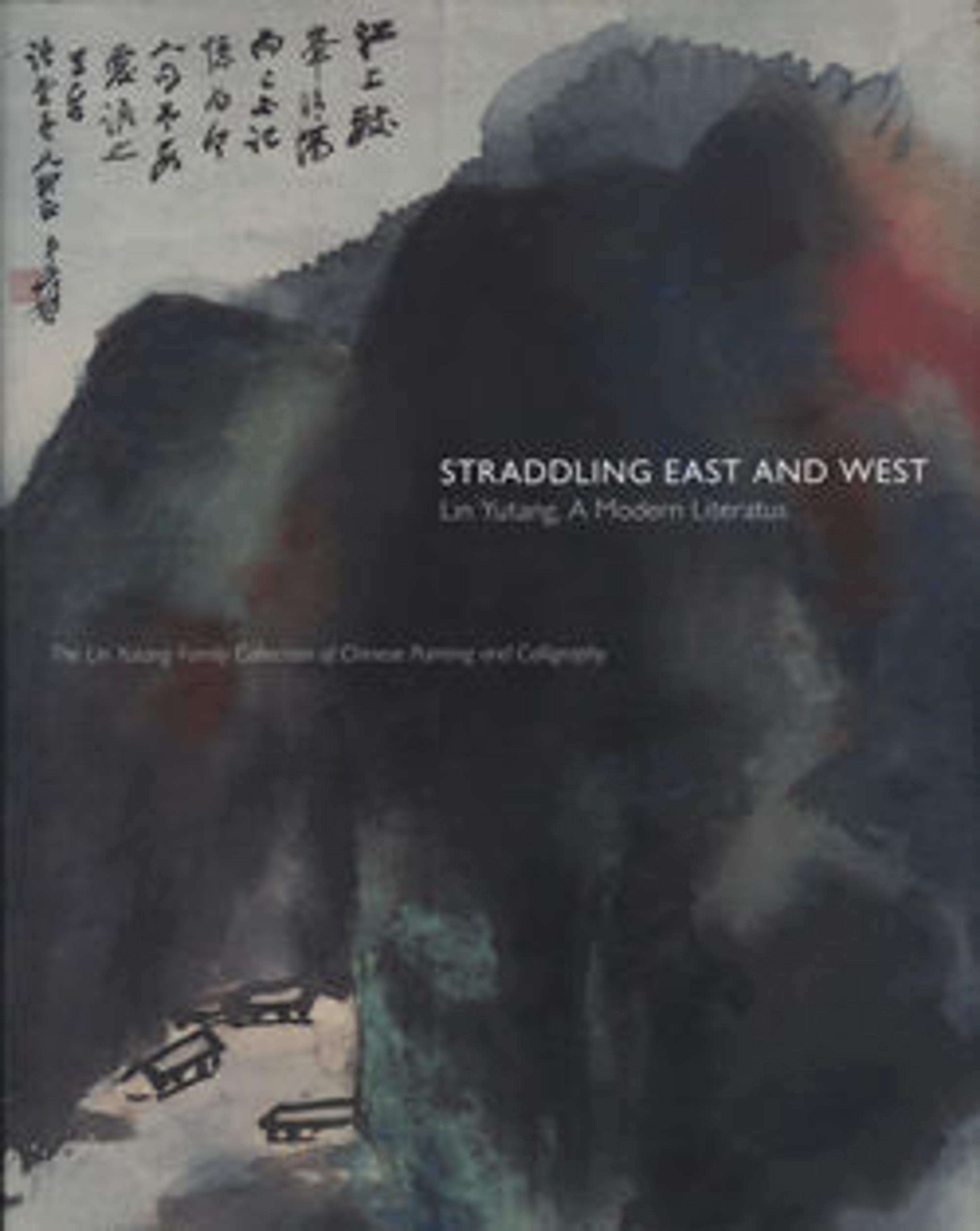Five crabs
Crabs became an important subject in Qi Baishi's painting after he moved into a new studio in 1913 and crabs frequented his backyard. He once observed, "When a crab moves, its legs rise and fall in strict order despite their great number. This is something crab painters in the world do not know." This work represents his mature style, when naturalism and abstraction found a new balance. The subtle gradation of the ink suggests the undulation of the shell's surface. The eyes have become two short slanting lines. The claws, as circular splotches of ink with two simple converging lines, are reduced to geometric abstraction. During the last forty years of his life Qi lived in Beijing and befriended people of radically different persuasions. His passive tolerance of things of which he might not approve shows in his sarcastic inscription to this painting, which reads: "I just fold my arms and watch you gentlemen go." The Chinese term for the sideways movement of crabs, hengxing, is also a metaphor for impudent behavior. Qi often humorously compared crabs to presumptuous people. Here, he states that he will simply stand aside and let these creatures have their way.
Artwork Details
- 現代 齊白石 五蟹圖 軸
- Title: Five crabs
- Artist: Qi Baishi (Chinese, 1864–1957)
- Date: dated 1950
- Culture: China
- Medium: Hanging scroll; ink on paper
- Dimensions: Image: 40 1/4 × 13 1/2 in. (102.2 × 34.3 cm)
Overall with mounting: 98 1/2 × 20 5/8 in. (250.2 × 52.4 cm)
Overall with knobs: 98 1/2 × 24 in. (250.2 × 61 cm) - Classification: Paintings
- Credit Line: The Lin Yutang Family Collection, Gift of Richard M. Lai, Jill Lai Miller, and Larry C. Lai, in memory of Taiyi Lin Lai, 2005
- Object Number: 2005.509.2
- Curatorial Department: Asian Art
More Artwork
Research Resources
The Met provides unparalleled resources for research and welcomes an international community of students and scholars. The Met's Open Access API is where creators and researchers can connect to the The Met collection. Open Access data and public domain images are available for unrestricted commercial and noncommercial use without permission or fee.
To request images under copyright and other restrictions, please use this Image Request form.
Feedback
We continue to research and examine historical and cultural context for objects in The Met collection. If you have comments or questions about this object record, please contact us using the form below. The Museum looks forward to receiving your comments.
